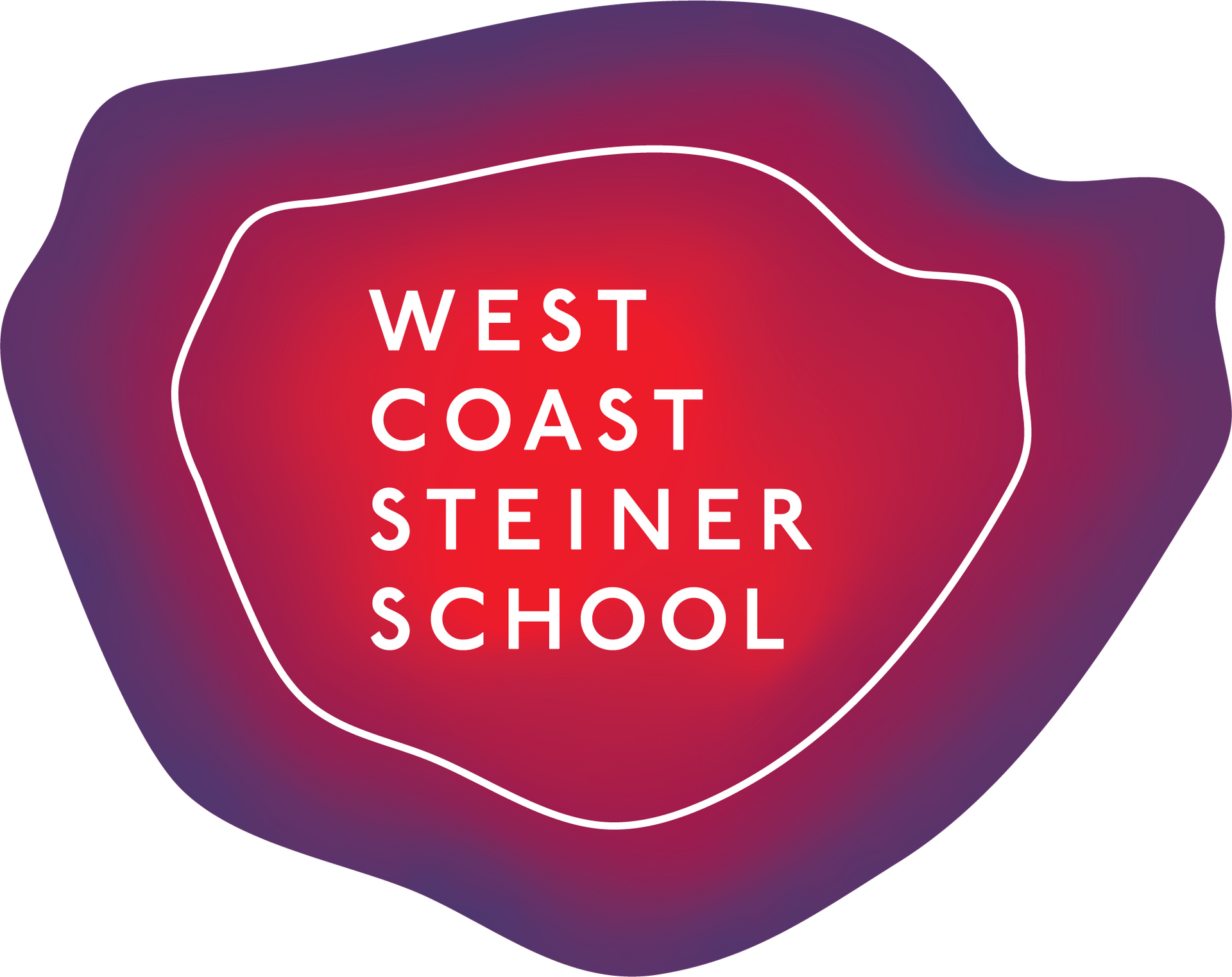ABN: 55 173 177 370
Morning Circle in Kindergarten
By Julia Noronha
In Steiner education, the Morning Circle is a foundational and structured part of the day, rather than mere entertainment. It is the first thing we do in the morning and consists of three key components: an introduction, the seasonal circle, and a conclusion.
The Morning Circle is designed to establish a rhythm and incorporate repetition.
Over a period of 3 to 4 weeks, these repeated activities help children develop habits and muscle memory. This repetition not only enhances memory but also provides a sense of security.
When children experience the same images, movements, and gestures repeatedly, they gain a deep sense of satisfaction and mastery.
A typical Morning Circle involves storytelling and accompanying movements. These stories can be drawn from daily life or be more imaginative and fantastical. The use of images in learning and play is encouraged, inspiring children to create their own imaginative worlds. For example, a piece of yellow chalk can become gold, coloured bark can transform into gemstones, and a plank becomes a saw for cutting trees. Singing and movement are integral parts of the circle, often drawing on nature, seasons, fairy tales, festivals, traditional songs, and poems.
The Morning Circle fosters a sense of community and belonging among the children.
Moving together as one, it enhances spatial and social awareness, helping children accommodate themselves in space and to respect the space of others.
This practice is crucial for the development of self-control, as well as physical awareness, helping children come into their bodies.
Participation in the Morning Circle supports the development of foundational senses such as movement, balance, life, and touch. It helps children bring their senses under control and find a balance between different types of movements, such as stomping and tiptoeing.
Recognising that young children are beings of movement, the Morning Circle is designed to be joyful and engaging.
Speech development is another important aspect of the Morning Circle. Through clear words, poems, songs, and music, children learn new vocabulary and language skills. The emphasis is on learning through imitation rather than direct instruction. By watching and imitating the teacher, children naturally follow along without the need to consciously think about the process.
By watching and imitating the teacher, children naturally follow along without the need to consciously think about the process.
The goal is to keep children in a dreamy space, supporting their dream-consciousness and allowing them to live fully in the moment with an unselfconscious, participatory mood. By bringing a sense of reverence and connection to nature and the world around them, we aim to bring the world to the spiritual child. This approach creates vivid pictures of the outer world that deepen the child’s experience, helping them to be something rather than merely describe it. Through movement and gesture, children experience these elements as living realities.
The Morning Circle in Steiner education is thus a holistic and enriching experience, supporting the overall development of the child in a joyful and meaningful way.
As Nancy Foster beautifully describes, it is “the heart of the early childhood group’s morning”.

